What Causes PTSD in Children?

When adults think about what causes PTSD in children, most have an easy time coming up with a short list. Physical, sexual, and verbal abuse make the list. So do natural disasters like tornadoes, hurricanes, floods, and earthquakes. Unexpected events like car accidents and fires usually make the list. Most people add violent events such as war, terrorist attacks, and kidnapping. Neglect, hunger, homelessness, and poverty and other environments of deprivation may be included.
Adults think of those items because they can be traumatic to anyone of any age. However, many other situations or events that adults consider to be benign can cause PTSD in children. The reason goes back to the definition of trauma discussed in part two of this series. That post said childhood trauma springs from the scary, painful, and yucky bits of childhood.
Causes of PTSD in Children
When we think of what causes PTSD in children, it’s essential to view life events through child-colored glasses. Those glasses make us small and powerless. At the same time, the adults in our lives become large and all-powerful. From that vantage point, the list of what can be scary, painful, and yucky grows quickly and looks something like this.
- Physical, sexual, or emotional abuse
- Observing a loved one being abused
- Becoming a victim of bullying
- Witnessing violence at home, at school, or in the community
- Watching media accounts of traumatic events
- Experiencing a devastating illness or death
- Undergoing frequent family moves or repeated foster care placements
- Experiencing homelessness
- Poverty and racism
- Surviving car or plane accidents
- Experiencing falls or athletic injuries
- Living through earthquakes, floods, severe storms, fires, or other natural disasters
- Witnessing war or terrorism
- Living as a war refugee
- Experiencing medical trauma
- Adoption
- Moving
- Divorce
To read the rest of this post, please visit Key Ministry’s blog, Church4EveryChild.
Part 1: Writing About PTSD Was Not on My Bucket List
Part 2: Childhood Trauma by Any Other Name Is Still Traumatic
Part 3: 10 Myths about PTSD in Children
Part 4: What Causes PTSD in Children
Part 5: A Look Inside the Brain’s Response to Childhood Trauma
Part 6: Why the Spotlight Is on PTSD in Children
Part 7: Childhood PTSD Symptoms in Tots, Teens, and In Between
Part 8: Why and How Childhood PTSD Is often Misdiagnosed
Part 9: Effective Treatment of PTSD in Children
Part 10: How to Prevent PTSD in Traumatized Children
Part 11: How Parents Can Advocate Effectively for Traumatized Children
Part 12: 4 Reasons Traumatized Kids Need Mentally Healthy Parents
Part 13: Clinging to Faith While Parenting Children with PTSD
Do you like what you see at DifferentDream.com? You can receive more great content by subscribing to the quarterly Different Dream newsletter and signing up for the daily RSS feed delivered to your email inbox. You can sign up for the first in the pop up box and the second at the bottom of this page.
By Jolene
Jolene Philo is the author of the Different Dream series for parents of kids with special needs. She speaks at parenting and special needs conferences around the country. She’s also the creator and host of the Different Dream website. Sharing Love Abundantly With Special Needs Families: The 5 Love Languages® for Parents Raising Children with Disabilities, which she co-authored with Dr. Gary Chapman, was released in August of 2019 and is available at local bookstores, their bookstore website, and at Amazon.
Subscribe for Updates from Jolene
Related Posts
I Am Here. You Are Safe.
I am here. You are safe. These 6 words make all the difference for Heesun Hall’s son when his PTSD caused by medical trauma leads to troubled sleep.
Educators Care about Traumatized Kids
This summer, I facilitated trauma training classes for more than 80 educators and realized something very heartening: educators care about traumatized kids.
The Hope Anew Disability Podcast
The Hope Anew Disability Podcast is the latest offering from Jonathan and Sarah McGuire. Learn who it’s for and what it’s about in this post.
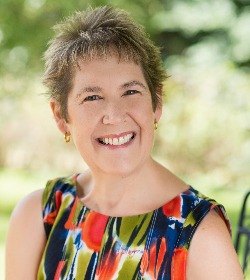

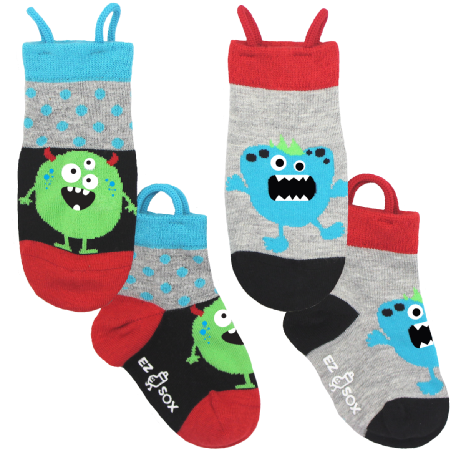
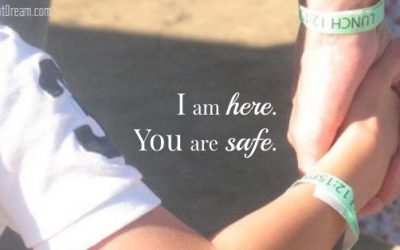
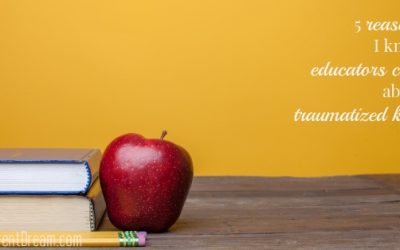
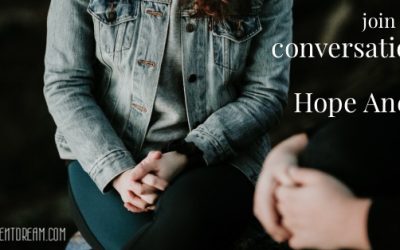
0 Comments